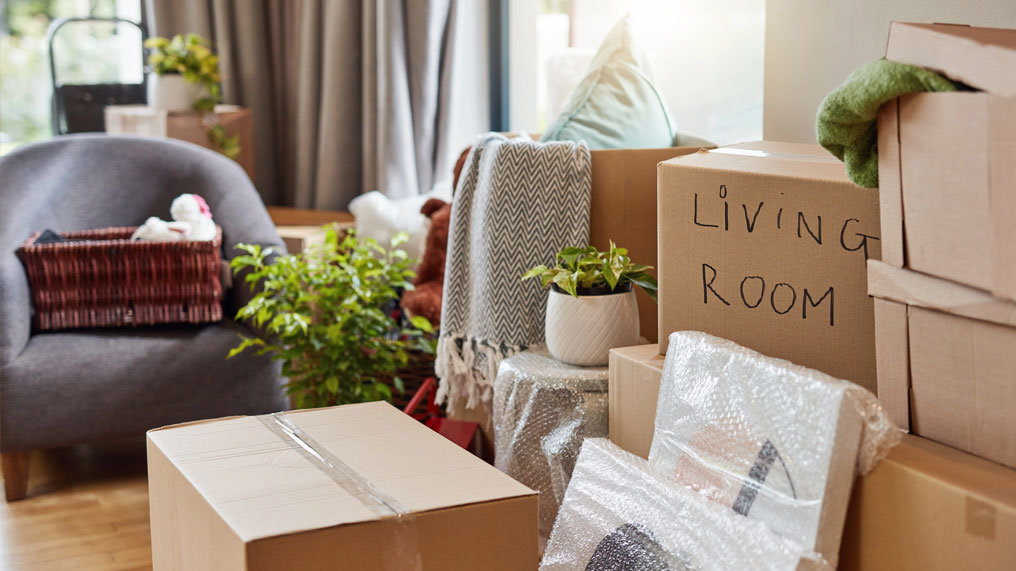The van is gone. The boxes are inside. The removals crew have done their job. Now what?
Moving house is often described as one of life’s most stressful events. But the stress doesn’t stop once the movers leave. In fact, this is where the real work begins.
So how do you go from a pile of boxes to a comfortable, functioning home? What steps can you take to settle in smoothly, avoid common pitfalls, and start your new chapter with confidence?
Here’s your practical, post-move checklist.
1. Check for Missing or Damaged Items
Before you start unpacking, take a moment to assess what’s arrived — and what hasn’t.
Use your inventory: If you made a list before the move, now’s the time to use it. Go room by room and tick off each item.
Look for damage: Scratches on furniture, broken glassware, dented appliances — take notes and photos.
Act quickly: Most removals companies offer a limited window to report problems. Contact them within 24-48 hours if anything’s missing or damaged.
💡 Tip: Take photos of items as you unpack them to document their condition.
2. Prioritise Key Areas First
You don’t need to unpack everything in one day. Start with the spaces that matter most.
The kitchen: Set up essentials — kettle, toaster, mugs, plates, cutlery. You’ll feel more at home after a proper cup of tea.
The bathroom: Unpack towels, toiletries, toilet roll, and cleaning supplies.
The bedroom: Make the bed as soon as you can. At the end of the day, you’ll be grateful it’s ready.
What’s more important: organising your bookshelf or knowing where your toothbrush is?
3. Tackle the Boxes Strategically
Feeling overwhelmed? Break the job down.
Label check: Hopefully, your boxes are labelled by room. Start with one room at a time.
Declutter as you go: Unpacking is a great chance to get rid of items you no longer want. Set up a “donate” and “recycle” pile.
Set time limits: Try 30-minute sessions with breaks in between. It keeps energy and motivation up.
According to a 2023 survey by Compare My Move, the average UK household takes 90 days to fully unpack after a move. Can you beat that?
4. Dispose of Packing Materials Responsibly
Cardboard, bubble wrap, and tape can quickly pile up. Surrey Removals provide a pack and unpack service so can take care of all of this for your house move.
Break down boxes: Flatten cardboard for recycling. Many councils offer collection or drop-off services.
Reuse materials: Save some boxes for future storage or pass them on via local Facebook groups or Freecycle.
Be mindful: Not all packing materials are recyclable. Check local council guidelines.
♻️ Quick stat: Over 100 million cardboard boxes are used in UK house moves each year. Recycling matters.
5. Update Your Address (If You Haven’t Already)
Did you forget anyone in the moving chaos?
Utilities: Gas, electricity, water, and broadband providers.
Financial: Banks, credit cards, HMRC, insurance companies.
Healthcare: GP, dentist, optician, NHS records.
Subscriptions and shopping: Online retailers, magazines, loyalty cards.
Driving: DVLA for your licence and car registration.
Missing post can lead to identity theft, missed bills, or cancelled services. Don’t leave it too late. This is especially import if you work from home and your office has moved. Surrey Removals can prioritise your office items for removals so that you can get up and running again as quick as possible.

6. Check Your Utilities and Services
Make sure everything’s working as it should.
Gas and electric: Test the boiler, switches, oven, and sockets. Take meter readings and send them to your provider.
Water: Check taps, toilets, and water pressure. Watch for leaks.
Internet and phone: If you haven’t set this up, book an engineer as soon as possible — many providers have long wait times.
Did the movers accidentally block the water stopcock or fuse box access? Always worth checking.
7. Introduce Yourself to the Neighbours
Good neighbours can make a big difference. Think you’ll need someone to take a parcel? Keep an eye on your home when you’re away?
Start small: A smile and a quick hello go a long way.
Bring a gift: A box of biscuits or small plant can help break the ice.
Ask for local tips: Where’s the best pizza? Which local pub does the best Sunday roast?
🏘️ People who know their neighbours report feeling safer and more connected, according to research from The Campaign to End Loneliness.
8. Secure Your New Home
How many people had a key before you?
Change the locks: Especially on the front and back doors. It’s a quick job for a locksmith and boosts peace of mind.
Check windows: Are all locks working? Do any need replacing?
Alarm systems: If there’s an existing system, reset the codes. If not, consider installing one.
Think of it this way: would you feel comfortable leaving your house unlocked overnight?
9. Register with Local Services
Make your life easier by signing up for essential services in your area.
Rubbish and recycling: Find out your collection days and get the right bins or bags.
Parking permits: Needed in many urban areas — apply via your local council.
GP surgery and dentist: Even if you don’t need them now, it’s better to be prepared.
Schools and childcare: Notify them of your change of address, and complete any new registrations.
🔎 Use GOV.UK’s local council finder to access services specific to your postcode.
10. Make It Feel Like Home
It’s more than just unpacking. It’s about creating a space that feels yours.
Hang a few photos: Familiar faces make unfamiliar places warmer.
Add soft touches: Cushions, blankets, and lamps change a room’s mood.
Cook a proper meal: The smell of your favourite dish can do wonders for comfort.
Mark the move: Celebrate your new beginning — even with just a takeaway and a glass of wine.
What small thing could you do today to make your new place feel like home?
A Final Thought: Pace Yourself
Moving house is a huge task. It’s okay if everything doesn’t get done on day one — or even day twenty-one. Some people feel settled in a week; others take months.
The key is momentum. Do a little each day. Celebrate the wins — like finally finding the cutlery drawer or finishing your first full laundry cycle.
You’ve done the hard part. Now it’s time to turn your new house into a home.




